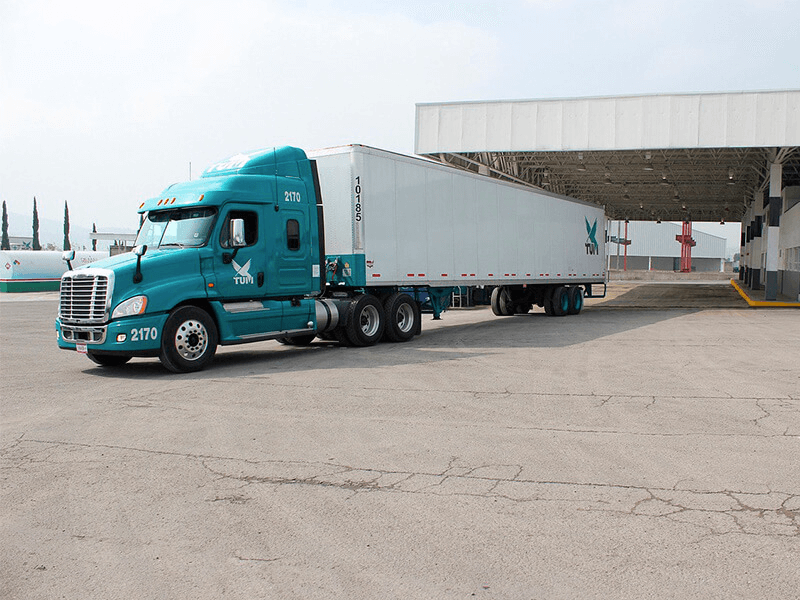
Having a reliable and feature-rich GPS (Global Positioning System) is more than just a convenience; it’s a necessity. Navigating the highways, byways, and sometimes even off-the-beaten-path routes can be a challenging task. That’s where a high-quality GPS comes into play, ensuring you reach your destination safely and efficiently. Let’s explore the six key features to look for when choosing the best GPS for trucking.
1. Truck-Specific Routing
Truck-specific routing is a must-have feature for any GPS geared towards trucking. This functionality takes into account your vehicle’s size, weight, and dimensions, guiding you on routes that are suitable for trucks. It avoids low bridges, weight-restricted roads, and other obstacles that could pose a threat to your cargo and vehicle. This not only enhances safety but also minimizes the chances of costly detours and delays.
Roadside Troubles? Fast Service Is Your Solution.
2. Real-Time Traffic Updates
Staying ahead of traffic congestion is vital for truckers. A quality GPS should provide real-time traffic updates, helping you avoid traffic jams and plan for delays. This feature not only saves time but also maximizes fuel efficiency and reduces stress.
3. Points of Interest (POI)
Truck-specific Points of Interest (POI) information is invaluable on the road. Look for a GPS that includes a comprehensive database of truck-specific POIs, including rest stops, fuel stations, trucker-friendly hotels, and dining options. This feature makes planning your routes and rest breaks a breeze.
Count on Us for 24/7 Assistance, Top-Notch Repairs, and Reliable Service. Give Us a Call Today here.
4. Voice Commands and Lane Guidance
Safety on the road is a top priority. A GPS with voice commands allows you to stay hands-free while receiving directions. Additionally, lane guidance helps you navigate complex highway interchanges and ensures you’re in the right lane well in advance, preventing last-minute lane changes and confusion.
5. Weather Updates
Weather can be unpredictable, and for truckers, it’s crucial to stay informed about changing weather conditions. A quality GPS should provide real-time weather updates, allowing you to make informed decisions about your route and travel time.
You might also be interested in: 6 Fuel-Efficiency Hacks Every Trucker Should Know
6. Easy Software Updates
To stay on top of the game, choose a GPS with easy and frequent software updates. These updates often include improvements in routing algorithms, map accuracy, and new features. Ensure that your chosen GPS offers a straightforward update process, keeping your device current and reliable.
Choosing the right GPS can make a world of difference, helping you avoid costly detours, save time, and ensure your cargo reaches its destination safely and on time. While the GPS you choose can enhance your journey, remember that Fast Service is your dedicated partner in providing support and solutions for all your trucking needs. So, be sure to make an informed choice and enjoy a smoother and more efficient trucking experience.
To get more information about us, follow us on Facebook and Instagram. Or call us right now for a road service on: repairtrucktrailer.com




